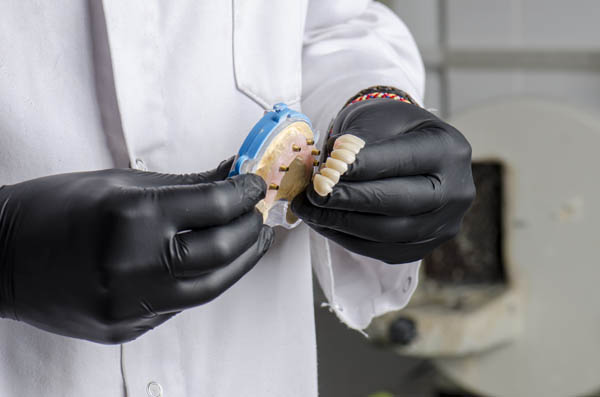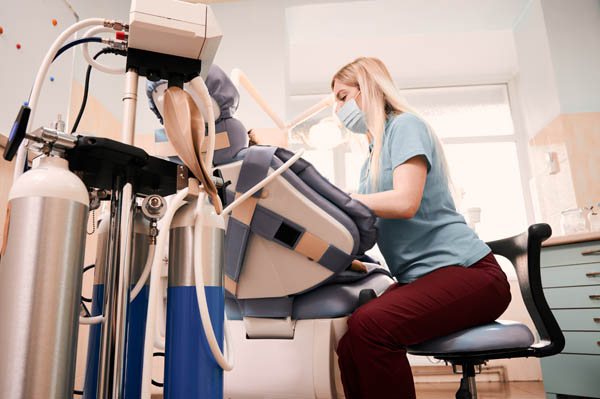So, your dentist just explained that you need a dental inlay. What is that? Inlays and onlays are a very similar type of filling, so both will be discussed here. First, though, it is important to understand that an inlay or onlay can only be used on your molars, the grinding teeth in the back of your mouth. This is because the “cusps” are a piece of anatomy that plays a role in designing these types of fillings.
Inlays
To understand how an inlay filling works, you have to understand what the “cusp” of a tooth is. Think of the bumps that are around the outer edges of each tooth; these are the cusps. Tooth decay (or a “cavity”) in this case has formed in the bottom of one of your molars, and bacteria have grown into this portion of the tooth. An inlay is a type of filling that fits entirely within the cusps of the tooth and down into the cavity left by tooth decay.
Onlays
An onlay differs from an inlay because it is more extensive. Onlays lie within the cavity created by tooth decay, but also over one or more cusps. They are also sometimes called “partial crowns.”
Pros and cons of dental inlays
Pros
- Often made with durable material like gold, composite resin or porcelain
- Can last 20+ years
- Can fill in large cavities and avoid the use of a crown
- Weaken the tooth structure, but do so much less than traditional fillings
Pros
- Requires at least two visits
- Requires a temporary filling
- Costly
So when should I get a dental inlay?
Based on the above information, it is clear that an inlay should never be a first-line treatment. They are often reserved for tooth decay that is too severe for a traditional filling but is not bad enough to need a crown. However, if you have a molar that fits into this category, an inlay might be your best option.
Overall, your best bet is to take great care of your teeth every day. Most dentists will recommend the following for good oral health:
- Brush at least twice daily with fluoride toothpaste
- Floss every time you brush. For those with trouble flossing, there are floss picks that make the job much easier
- Eat a balanced diet low in sugar
- Visit the dentist every six months for a cleaning and more often for issues like tooth pain
What are my next steps?
If your dentist has recommended an inlay, is it probably because you are at the stage where it will be your best treatment option. However, it is always a good idea to explore what else might be available that your dentist can recommend.
Keep in mind that you are the most important member of your dental care team. If you regularly take care of your teeth with proper technique, you have already taken huge steps to avoid more serious and costly treatments like inlays and onlays.




